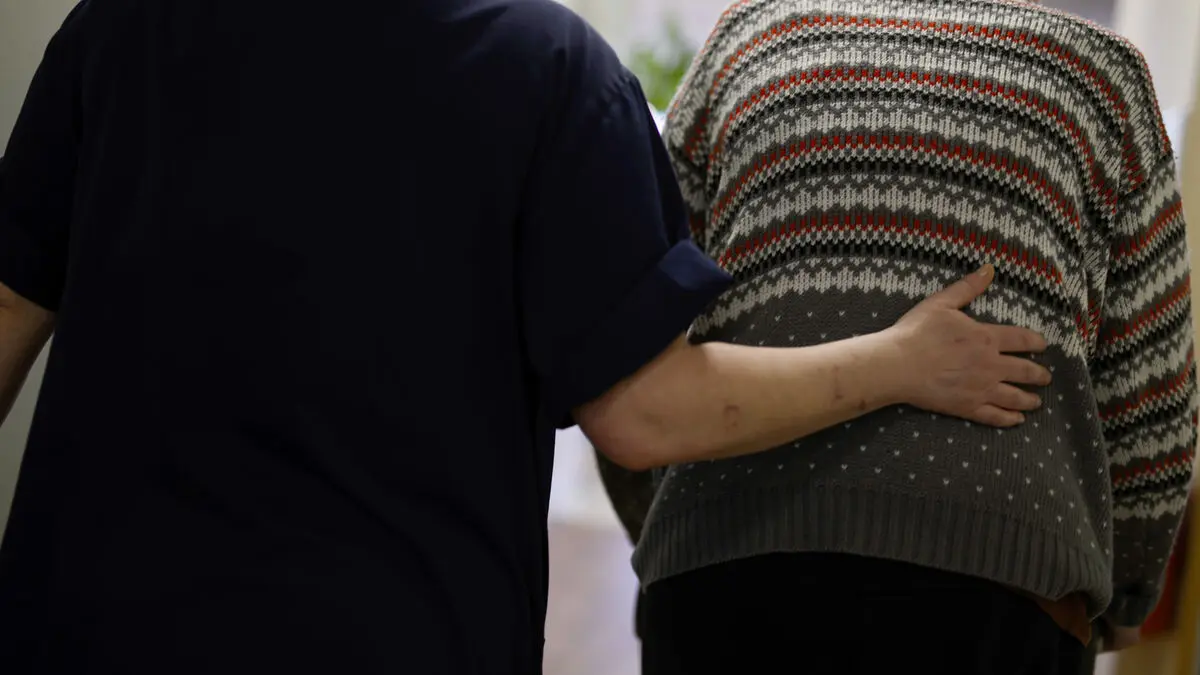Criminal networks are, regardless of how you look at it, a male phenomenon, seen in terms of the proportion, the number, norms and power structure, says Tollin, who presents the report at a press conference on Wednesday.
The study on the role of women and girls in the networks is a government assignment and is based on 31 interviews with women and girls, chats from encrypted apps and police intelligence information about the 62,000 people who are considered to be linked to or involved in the networks.
Few involved
Of these, 10,000 are women. Seven percent of them are considered "involved", while the rest are only "linked", according to police terminology.
The girls are rarely part of the networks themselves, but they cooperate with and perform services for network-involved guys, says Tollin.
Another conclusion is that they get into gangs in a different way than guys.
They are not recruited into the network and start from the bottom, they come in from the side, often from a boyfriend. This means that they rarely make a criminal career in the networks, they move in and out and stay for a shorter time.
For this reason, they also find it easier to leave the environments.
Even though they often stand outside the networks, they play important roles in crime, especially in drug trafficking, where they are considered to have a lower risk of detection.
Many of them transport, store and pack narcotics, says Katharina Tollin.
Violence and robbery
They also commit other crimes, such as fraud, money laundering, weapons offenses and robbery. In addition, they help to enable deadly violence, for example by luring out targets.
Many of them also exercise violence, says Karolina Hurve, investigator at Brå.
They are in demand to carry out "punishments" against other girls in the network. This is based on norms that guys are not considered to be able to assault girls.
Women are to a greater extent victims of crime than men, and their exposure is great according to Brå. Of the approximately 10,000 women, two-thirds have been victims of crime.
The report shows that the role of women in gangs constitutes a serious social problem, both because they commit serious crimes and because they themselves are exposed. Efforts that contribute to increased detection of them must be strengthened according to Brå - for example by developing methods based on a gender perspective.
– Brå's recommendations are in line with what the women themselves say, that they wish they had been detected earlier, says Tollin.
Marc Skogelin/TT
Facts: Exposure during upbringing
TT
A vast majority of the 31 girls interviewed in the Brå report describe childhood conditions that can be considered insecure.
Several highlight one or both parents' alcohol or drug abuse and/or psychiatric illnesses as the decisive difficulties during their upbringing.
Others emphasize serious exposure to violence in the home environment as the most formative. This can be about being subjected to violence themselves or witnessing violence against family members and pets.
A smaller group of interviewees tell about relatively well-functioning families in residential areas that have not been classified as exposed. A common feature among these is that they say that their own mental illness is considered the overriding challenge during their upbringing.
Source: Brå





